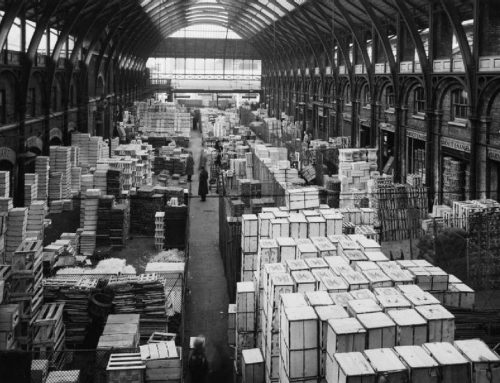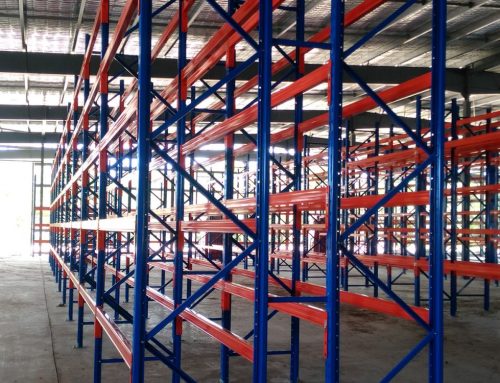You could invest in any number of Sydney Pallet Racking systems that will help you store items throughout your facility. However, you need to take a look at what your options are when you are trying to inspect these items every year. Many companies simply install these items thinking that they will last forever. This is not the case. You need to work on the safety of these systems so that they do not fall or break while you are working. In fact, you could use all these tips to keep your facility safe even if you only have a few pallet racking systems in a file room.
-
How Are Sydney pallet racking units made?
These systems are basic shelves that have a support crossbar in the back. These are fantastic things for you to use when you are looking at storage in your facility. Most people who are trying to buy some shelving might want to go for pallet racking because it is much more stable. Also, you can check these units easily when it comes time to an inspection.
- What are you inspecting?
You need to have a look at what you are inspecting before you do a safety check of your pallet racking systems. Some pallet racking systems are very short, and you can easily see all the parts without climbing on a ladder or even being concerned for your safety. You should check the feet, the parts where the pipes fit together, and any spots where things are welded.
- What about taller units?
The taller units in your facility need to be checked for weight distribution, shelf damage, and water damage. Something that is not easy to see during the day could begin to rust because moisture has begun to eat away at the body. You could climb on a ladder to check the parts of these pallet racks that are welded together, and you could check how the shelves are settled in the frame. There are a number of people who would like to get someone to come check on their pallet racking, and they might need to check the wheels or the feet on the Units.
- The wheels and feet
The wheels and feet on a Sydney pallet racking system should be checked for stability because the wheels and feet are attached after the fact. There is no welding involved when you are creating the base for these pallet racking systems, and you need someone to show you how the wheels are working, how the feet fit, and if the unit is level. The units that are not level are much more likely to tip over. Plus, you cannot have bad feet or wheels holding up a lot of weight. In fact, you might ask if these feet or wheels need to be replaced before you try to move your unit.
- What is the weight rating of the rack?
The weight rating for the Unit should be checked by an inspector. You know how much the unit is supposed to hold, but you might not get that kind of protection if the unit has started to break down. Your inspector can let you know what they would do to keep these items in the best condition, and you will never need to replace these racks until they are beyond repair. Some people think they need to replace their racks at the first sign of trouble, but it is much smarter to have a couple repairs done after an inspection.
- How often should you do your inspections?
You can do your inspections once a year just to be sure that everything is working as it should. If you have concerns about the state of your racks, you might want to have them inspected every six month or every quarter. Every company is a little bit different, and they all have a right to choose their own inspection schedule. Consider what you think might be the right choice when you have weighed how much your racking system goes through in a day. This is especially important if you have a lot of items just sitting static on the shelves.
Each step in this process will change the way that you store your items in a business office or warehouse. You need to have the racks checked so that you never see them break down or lose control over the items that have been sitting there for such a long time.




